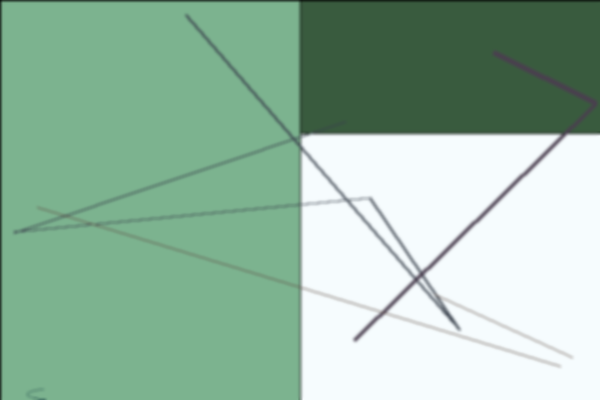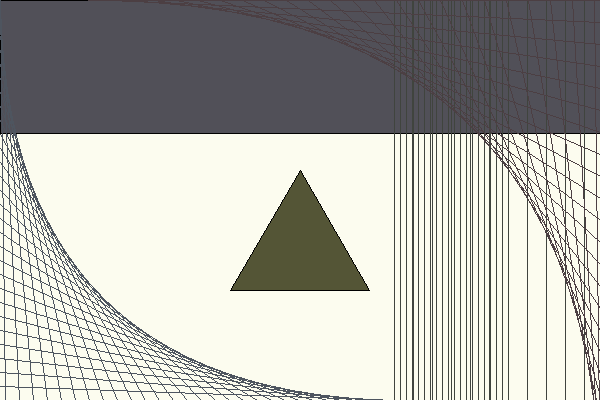After seeing dozens of artificial intelligence projects to create artworks, I thought it would be cool to try something different. Instead of using a learning model, I wanted to develop something that could create artworks without any learning process. This module is the result that I managed to achieve in a few days, mainly playing with Pillow libary and using concepts of probability and geometry.
Anyway, I liked the end result so I thought it was worth working on a detailed docstring and making the code available, in case anyone else finds it interesting
The easiest way to use this module is by calling the function create_geometric_art() or the function create_chaotic_art()
Both functions will return an image with a completely random artwork (each with a specific style). Take a look:
from ArtGenerator import create_geometric_art
# Generating five random artworks with "geometric style"
for i in range(5):
im = create_geometric_art()
display(im)from ArtGenerator import create_chaotic_art
# Generating five random artworks with "chaotic style"
for i in range(5):
im = create_chaotic_art()
display(im)To save the images you can either add the argument "save_path", to save the image to the desired path, or call the save method after generenting the image, ex:
im = create_chaotic_art()
im.save(save_path, format='jpeg')
This way you can see the image before deciding if you want to save it or not
Alternatively, you can directly use the class ArtGenerator to create artworks more personalized
- When an ArtGenerator object is created a "base" image is generated and saved as the attribute self.img
- The Class has a series of methods that change the base image with elements of different types and random properties
The docstrings of the code are very explanatory, so instead of exhaustively explaining what each method does, I'll show you a practical example of how to generate images this way, and invite you to enter help(ArtGenerator) and explore the methods
from ArtGenerator import ArtGenerator
# Create the object
img_test = ArtGenerator(bg_type='light')# Base image with random background color
img_test.img# changing the background randomly
img_test.alter_background(repeat = 1, allow_circle = False)
img_test.img# Adding curve effect
img_test.add_curve_effect(corner_choice = 'lower_left') # Try corner_choice = 'middle' for a spiral effect
img_test.img# Adding random vertical lines twice
img_test.draw_vertical_lines(repeat = 2)
img_test.img# Adding another curve effect from the opposite corner
img_test.add_curve_effect(corner_choice = 'upper_right')
img_test.img# Adding a small triangle
img_test.draw_regular_polygon(n_sides = 3, radius = 80)
img_test.img# Saving
img_test.save_img(path = 'images/teste_img.jpeg')Tip: it might be a good idea to make a copy of the object before modifying it, so it's possible to change the previous image without losing your "progress"















